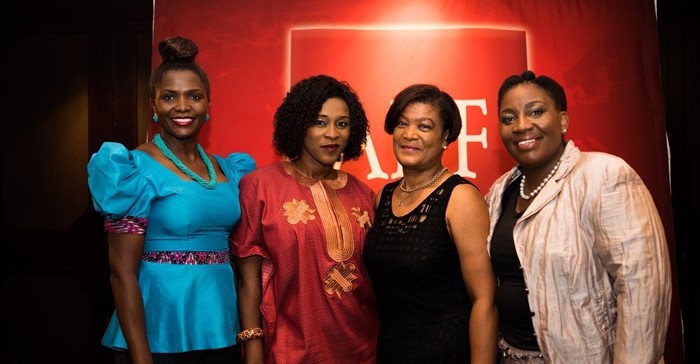
Related
Top stories


Logistics & TransportIata urges global safeguards for aircraft systems as 5G/6G rollout continues
5 hours

AgricultureAgricultural exports from Africa are not doing well. Four ways to change that
Lilac Nachum 6 hours



As the largest non-profit HIV/Aids organisation globally, AHF provides medicine to over 600,000 patients worldwide. In South Africa, it opened Ithembalabantu Clinic in Umlazi, Durban in 2001 at the time when the government was ambivalent about the rollout of anti-retroviral (ARV) drugs.
The clinic has been a beacon of hope to many people living with HIV in KwaZulu-Natal. It began with 100 patients in an old office building, and now offers care to about 15,000 patients, including children born with HIV.
AHF president, Michael Weinstein, recounts that the organisation was petitioned to help by South African activists who were disappointed by the outcomes of the 2000 bi-annual International AIDS Conference in Durban.
“When we went to the organisations that were treating people with Aids there was a sense of hopelessness because in the US we already had the treatment evolution. It was very sad, and it made me angry because the government had essentially abandoned millions of people in South Africa,” says Weinstein.
Despite resistance by the national government, Ithembalabantu opened with a staff complement of three. And, for many years, it was one of only three organisations offering anti-retroviral (ARV) drugs in KwaZulu-Natal.
“At the time, medication cost about $5,000 per person per year in Africa. We knew we couldn’t really help many people. So we said we will set up a clinic for 100 people and demonstrate that it can be done,” says Weinstein.
The anniversary also celebrates the resilience of Ithembalabantu’s patients in the early days, who braved the frightening warnings of the early 2000s about the toxicity of the ARV drugs. Many of them had lost hope when they came to the clinic, and their miraculous recovery has inspired many to seek treatment early.
“Despite all the warnings about the drugs being poison, people started to come and the results were almost instantaneous,” says Weinstein.
The AHF has also been at the forefront of the global campaign for the reduction of ARV drugs. It’s led marches on the offices of Aids drugs producers, and those efforts have resulted in prices being slashed down to $100 per person per year.
The organisation believes more still needs to be done to end HIV/Aids by 2030. However, AHF has lauded the South African government for its massive rollout of antiretroviral drugs.
South Africa has the largest HIV treatment programme in the world, with 3, 4 million people on treatment and 10 million tested for HIV every year.
“We appreciate that the government wants to work with us, and has partnered with us,” says Terri Ford, chief of global advocacy & policy.
“The South African government has stepped up more than any other government in the world. We want to continue our partnership so that we can stop HIV in South Africa, and the way to do that is to get as many people tested and on treatment,” she says.